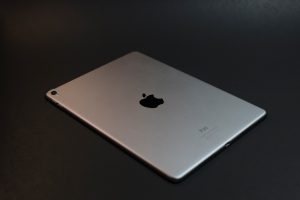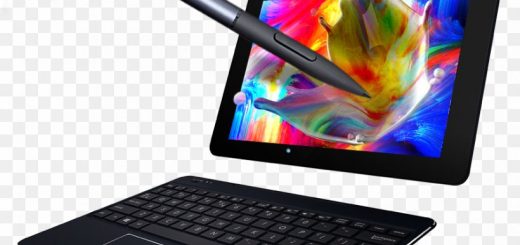What is the difference between an iPad and a tablet?

Let’s compare and contrast the differences between an iPad and a tablet.
Operating System: One of the primary differences between an iPad and a tablet is the operating system. iPads are exclusively manufactured by Apple and run on iOS, which is Apple’s proprietary operating system. On the other hand, tablets refer to devices that run on various operating systems such as Android (by Google), Windows (by Microsoft), or other customized operating systems.
Design and Build Quality: iPads are known for their premium design and build quality. They typically feature sleek and elegant designs with high-quality materials, such as aluminum or glass, which give them a premium feel. Tablets, on the other hand, can have varying designs and build qualities depending on the manufacturer and model, ranging from plastic to metal constructions.
Brand Ecosystem: iPads are part of Apple’s ecosystem, which means they are designed to work seamlessly with other Apple devices such as iPhones, Macs, and Apple Watches. This allows for seamless integration and synchronization of data and services across multiple Apple devices. Tablets, on the other hand, may not have the same level of integration with other devices from different brands, as they come from various manufacturers.
App Store and Software: iPads have access to the Apple App Store, which offers a wide range of optimized apps specifically designed for iOS and iPadOS. These apps are generally curated and optimized for the iPad’s hardware and software, providing a high-quality user experience. Tablets, on the other hand, may have access to different app stores, such as Google Play Store or Microsoft Store, which offer a broader range of apps but may not always be optimized for tablets or specific operating systems.
Performance and Hardware: iPads are known for their powerful hardware and performance capabilities. Apple uses custom-designed chips, such as the A-series chips, which offer high performance and energy efficiency. iPads also tend to have high-resolution displays, advanced cameras, and other premium features. Tablets, on the other hand, can vary greatly in terms of performance and hardware specifications, depending on the manufacturer and model.
Price Range: iPads tend to be relatively more expensive compared to many tablets on the market. Apple positions iPads as premium devices with premium features, and their price range reflects that. Tablets, on the other hand, come in a wider range of price points, including budget-friendly options, making them more accessible to a broader range of consumers.
Brand and Ecosystem: Apple is a well-established brand known for its premium products and loyal customer base. iPads are often preferred by users who are already part of the Apple ecosystem or are looking for a premium, high-quality device with seamless integration with other Apple devices. Tablets, on the other hand, are produced by a variety of manufacturers, offering a wider range of options in terms of design, features, and price points.
Productivity and Creativity: iPads are often considered as productivity and creativity tools, with features such as Apple Pencil support, powerful software for photo editing, video editing, and music creation, and seamless integration with productivity apps like Pages, Numbers, and Keynote. Tablets, on the other hand, may have similar productivity and creativity capabilities, but they may not always offer the same level of integration and optimization as iPads.
In conclusion, while iPads and tablets may share some similarities, such as being portable touch-screen devices, they also have several key differences, including the operating system, design and build quality, brand ecosystem, app store and software, performance and hardware, price range, and productivity and creativity features. Ultimately, the choice between an iPad and a tablet will depend on the individual’s preferences, needs, and budget.



